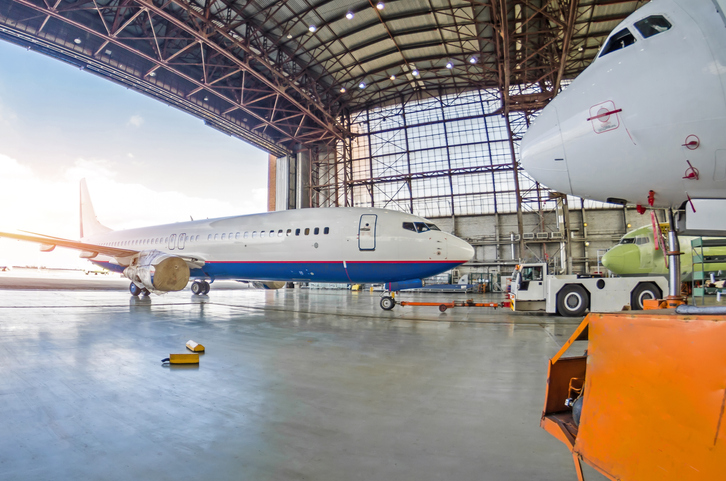An aircraft painter is responsible for the overall appearance of an aircraft. They must be able to operate paint spraying equipment and apply a variety of finishes to aircraft surfaces. Aircraft painters typically work in hangars or on airfields.
Aircraft painters must be able to read and interpret engineering drawings and specifications. They use these documents to determine the correct type and amount of paint to be used on each surface of the aircraft. Aircraft painters also follow strict safety procedures when working with hazardous materials such as aviation fuel and cleaning solvents.
- Research what it takes to become an aircraft painter
- This may include completing a formal education program and/or on-the-job training
- Meet the minimum qualifications for the position, which may include having a high school diploma or equivalent, as well as experience working with tools and paint products
- Apply for jobs with aircraft painting companies or related businesses
- Be sure to highlight any previous experience you have in your application materials
- Once hired, complete any necessary training provided by your employer before beginning work as an aircraft painter
- This training will teach you how to safely operate the equipment and apply the paint according to company standards
- Follow all safety procedures while working, including wearing personal protective gear and using proper ventilation when working with toxic paint fumes
- Complete each painting project according to the specifications provided by the customer or client

Credit: www.ziprecruiter.com
What are the Qualifications Needed to Become an Aircraft Painter
An aircraft painter is responsible for the cosmetic and protective painting of an aircraft. The job requires precision and an eye for detail, as well as a steady hand. Aircraft painters must be able to work in cramped spaces and often have to contort their bodies into awkward positions.
Aircraft painters typically have a high school diploma or equivalent, although some jobs may require postsecondary education, such as an Associate’s degree in aviation maintenance or a certificate from an aviation trade school. Many employers also prefer candidates who have experience working with paint and other chemicals, as well as those who are familiar with aviation safety procedures.
The Big Deal with Aircraft Painting: Why it may be the toughest job in Aero?
Conclusion
Aircraft painters are responsible for the overall appearance of an aircraft. They must be able to work with a variety of materials, including primer, paint, and decals. Aircraft painters typically have a high school diploma or equivalent, and some experience in the painting trade.
There are no formal education requirements to become an aircraft painter.